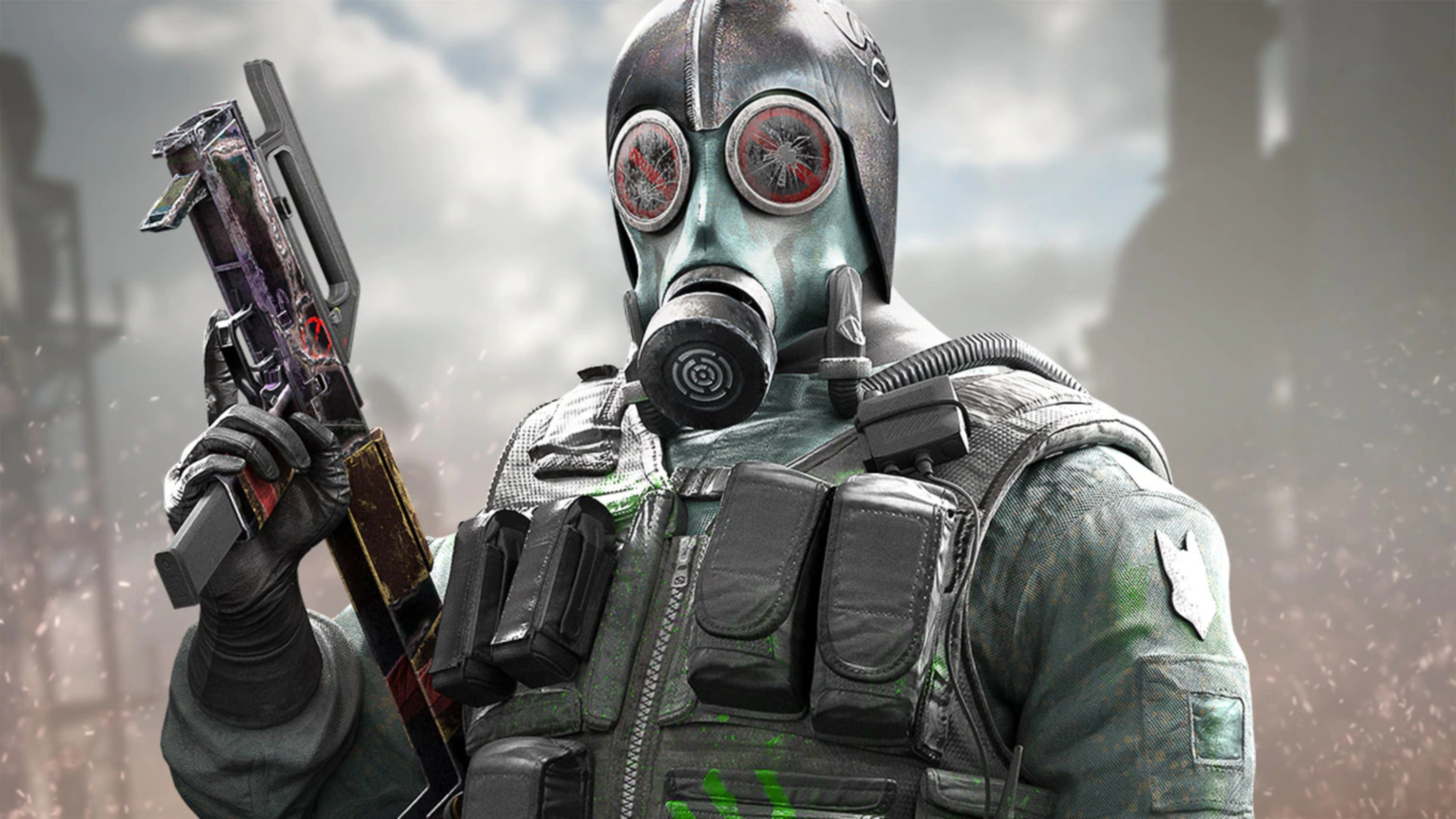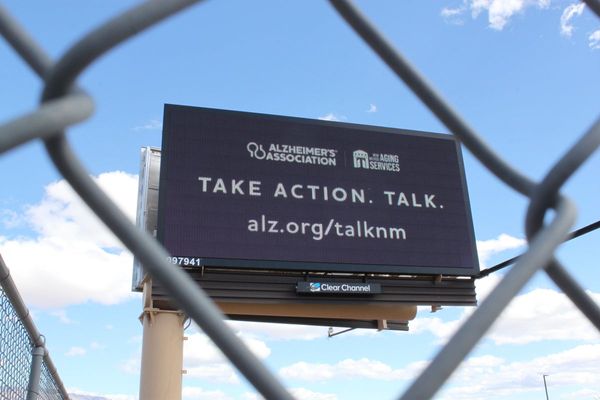
Rainbow Six Siege turns nine years old in 2024, but in live service terms, it's more like 90. When Ubisoft's 5v5 FPS first released in 2015, Overwatch was still months away, PUBG didn't exist, and Fortnite was a zombie game we thought might never come out. Siege has been doing the live service game longer than the term has been a part of our vernacular.
That makes Siege one of the oldest games regularly receiving content updates. Ubisoft still plans to support Siege through Year 9 and beyond, but the game's many revisions and increasing age of its engine has led longtime players to ask a reasonable question as of late: Does Siege need a sequel?
The answer, according to Siege creative director Alexander Karpazis, is an emphatic no.
"I can confidently say that we have probably one of the best engines in the world when it comes to live PvP shooters," Karpazis said in a group interview held at the Siege Invitational 2024 in Brazil. "The team is incredible, and we have a huge engine pipeline team that every single month incrementally improves the way that we can deliver content faster, more robust, more stable, hopefully as much as possible."
Siege's engine, Ubisoft Anvil, is a frequent target of derision when problems arise in-game. As new seasons introduce fresh batches of bugs, many players like to blame old technology, characterizing Siege as a creaky old building held together by duct tape and stubbornness. The truth is that Siege has been buggy for as long as I've played it, and in my experience is more stable now than it was in its early days. Still, Siege is showing its age in other ways, like its functional but unremarkable graphics.
To Karpazis, who joined the Siege team in 2018 as presentation director before ascending to the lead role in 2022, the notion that Ubisoft should invest in a Siege sequel with a new engine is not only unnecessary, but potentially a big mistake.
"The idea of switching engines to something that can be off-the-shelf ready simply doesn't answer the needs of a really competitive and demanding game like Siege," he said. "I'm not going to name names, but you see games that did go through sequels and just completely drop the ball because they have to remake every single thing that they did in that first game."
Karpazis compares the practice to losing your homework and then having to redo it, except "you'll never [make it] exactly the same way" as the original.
"It can be really frustrating, really costly, and in the end, it doesn't even give you anything that was a benefit. If you know what you have to begin with, and you build it up, that is where we see success. And that is where we know we can take Siege into the future."
While an engine swap could bring several obvious improvements—modern graphics, for one—Ubisoft hasn't spent nine years standing still. The studio has demonstrated an impressive willingness to improve or reinvent major aspects of Siege.
Switching engines to something that can be off-the-shelf ready simply doesn't answer the needs of a really competitive and demanding game like Siege.
Alexander Karpazis
Over nine years, Ubisoft has overhauled everything from Siege's gunplay, operators, and maps to its rules, modes, and user interface. Siege guns don't behave in 2024 like they did in 2015. Nearly every map that launched with the game has been replaced with reworked layouts that reflect millions of players' worth of feedback. Modern Siege has match replay, in-game reporting, 50 more operators, a robust shooting range, arcade mode, crossplay, cross-progression, an Apex-inspired ping system, a reimagined tutorial, AI bot training—features that would've been pitched for a sequel in a more traditional development cycle.
Perhaps Siege is due for an engine upgrade, presumably to a newer version of the Anvil engine that also powers modern Assassin's Creed games, but even this comes with potential downsides. Extraction shooter Hunt: Showdown has plans to upgrade to a newer version of its CryEngine, and when it does, it'll end support for two platforms.
For some games, a clean break with new technology is worth the sacrifice. I'm not sure Siege is one of those games. Karpazis sure doesn't think so.
"We really do know that this is a game that can last forever with the people and the talent and the tools that we have today."







